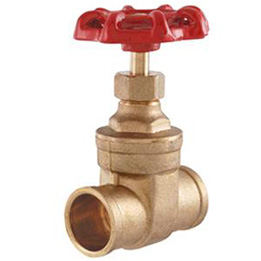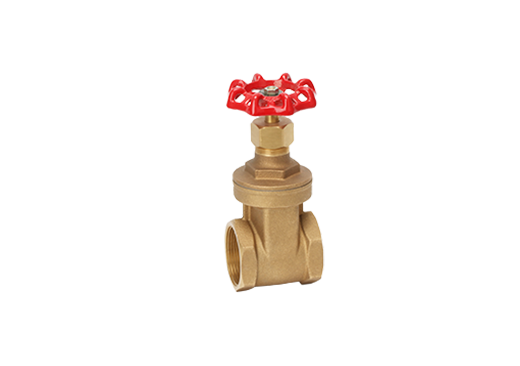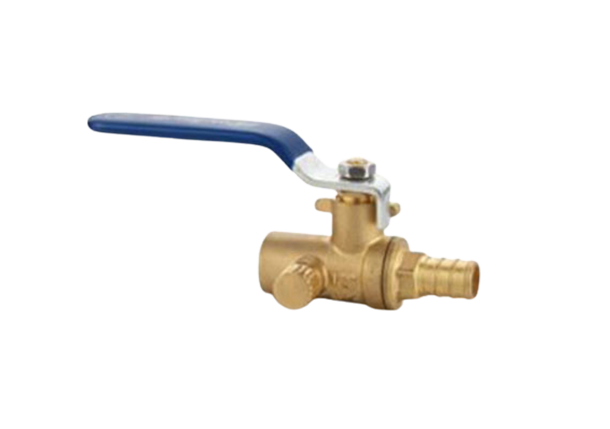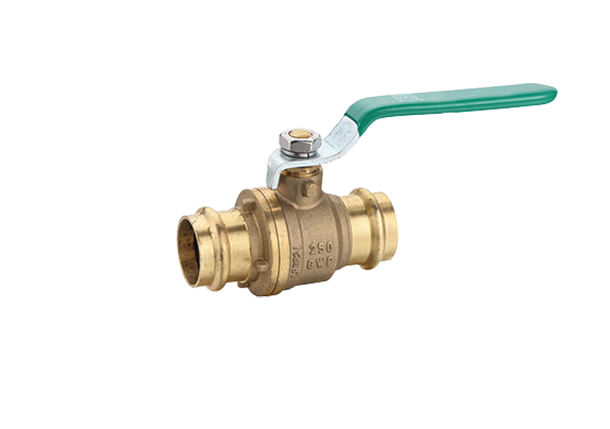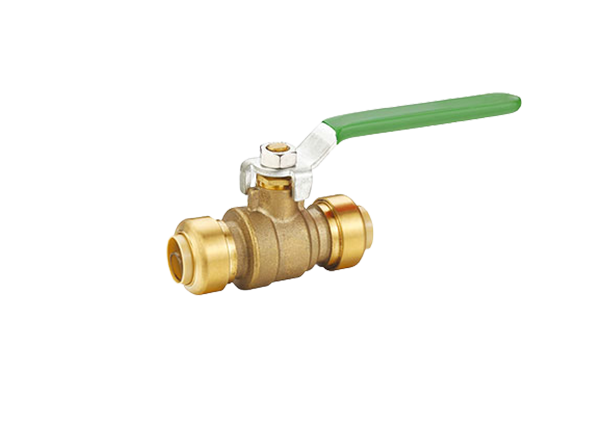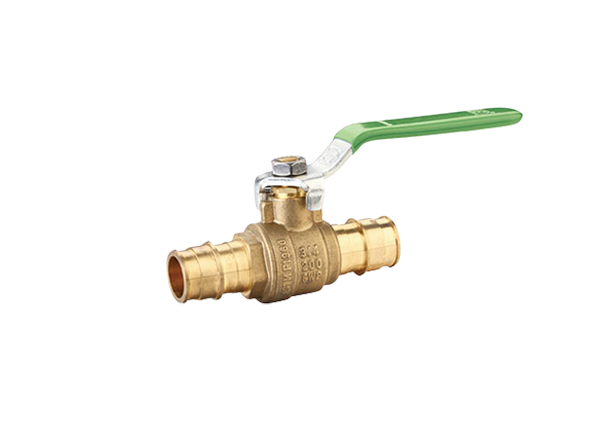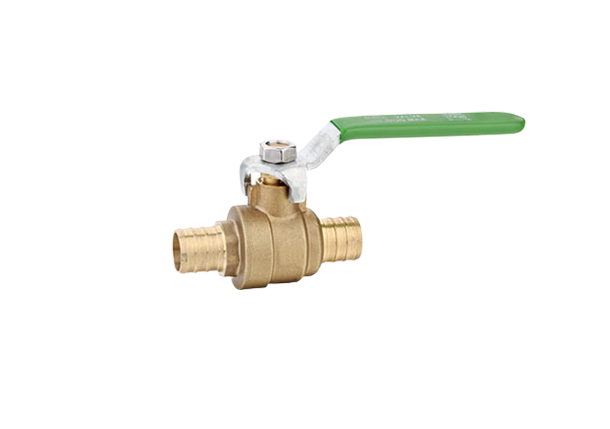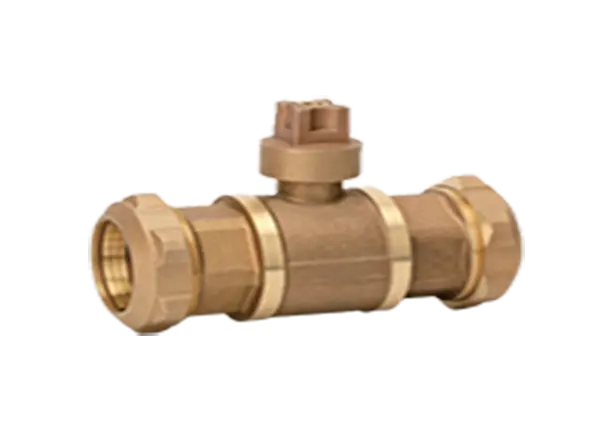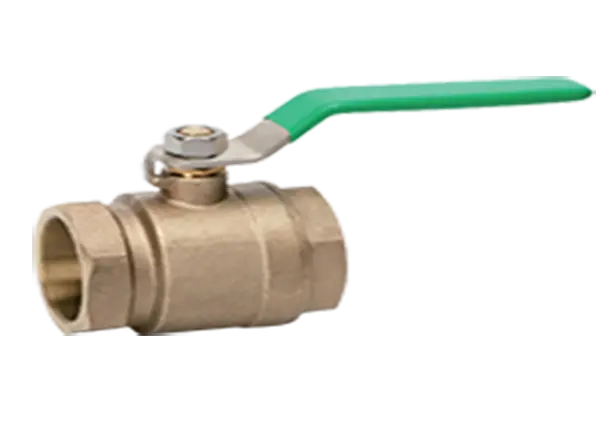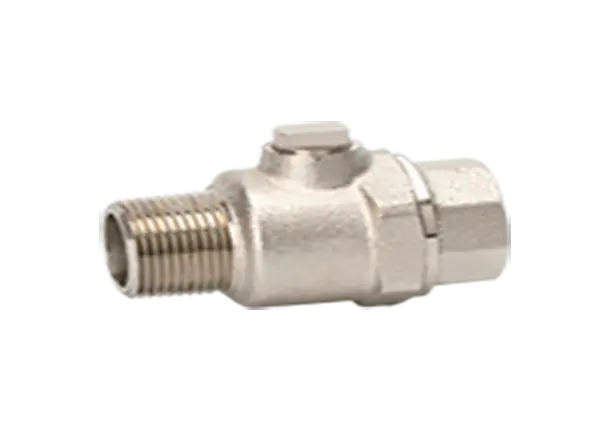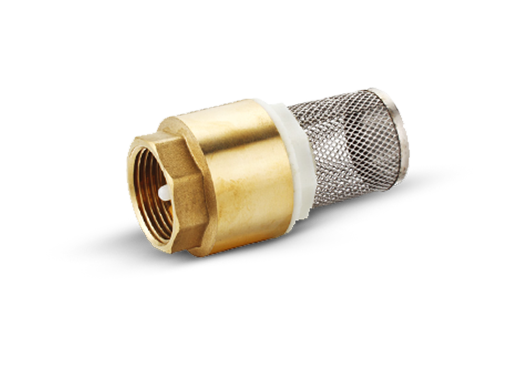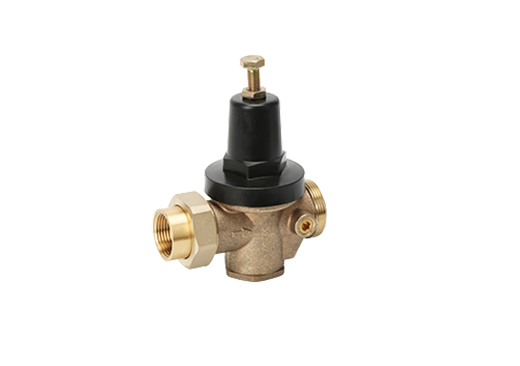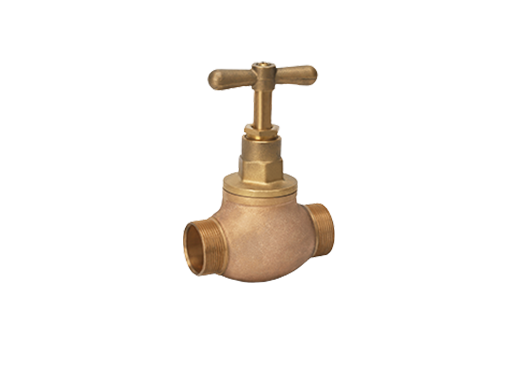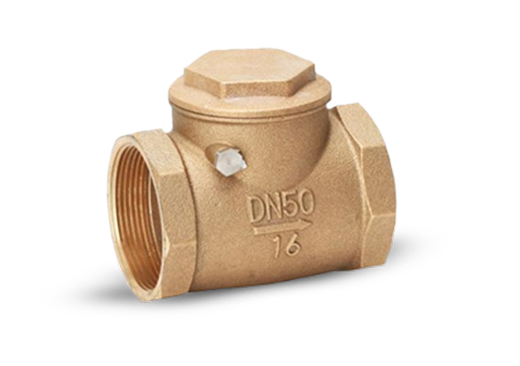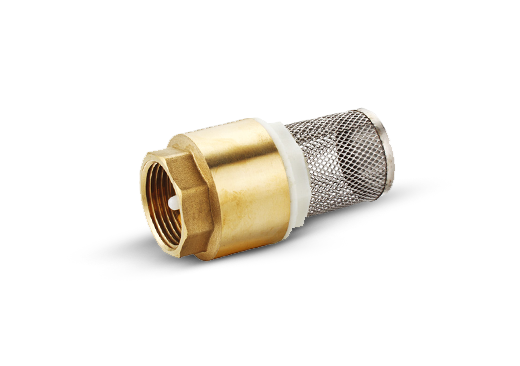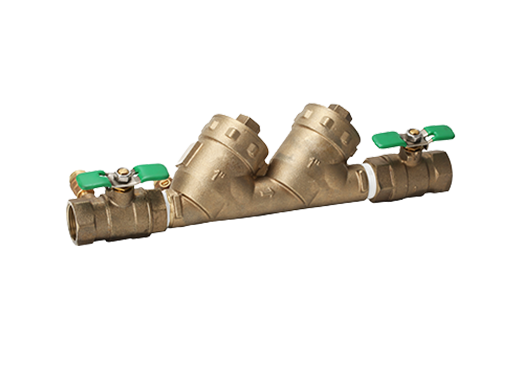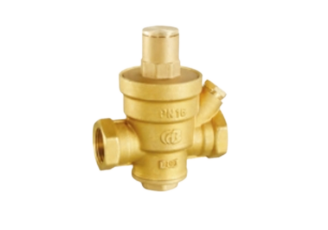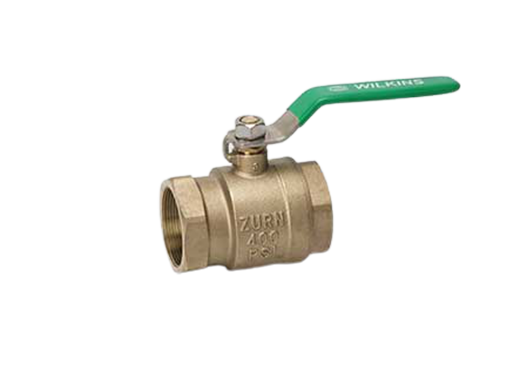Differences Between Globe Valve And Gate Valve
what is a globe valve
Globe valves are closing-down valves with linear movement that move the closure member squarely on and off the seat. Globe valves have bodies with a sphere form. Two portions are divided by a baffle inside the valve. Compared to ball valves and other rotary-type valves, its internal design generates a different flow route. Regardless of its shape, the closing member is typically referred to as a disc. The disc's travel affects the seat opening in direct proportion. For tasks involving flow rate adjustment, the proportional relationship between valve opening and disc movement is suitable. Globe valves are typically used in small size pipelines and are best suited for throttling and controlling fluid flow.

what is a gate valve
A gate valve is a type of control valve that either lets media flow freely through or shuts off the flow of fluid. The fundamental benefit of a gate valve is the clear channel that runs right through it, which results in very little pressure loss over the valve. In contrast to butterfly valves, a gate valve's unblocked bore allows a pig to pass through when cleaning pipes. Gate valves should only be used in the fully open or closed position, not to control the flow, as they operate more slowly than quarter-turn valves. Since gate valves are normally used sparingly, manual gate valves are more economical than automated gate valves with either an electric or pneumatic actuator. Sluice gate valves are another name for gate valves that are frequently used.
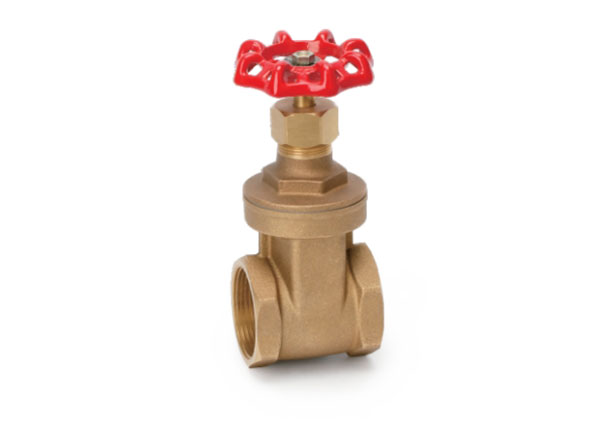
gate valve vs globe valve
Gate valve and globe valve are the two most commonly used shut-off valves. Here are the differences between them summarized by a professional bronze valve factory:
1. Sealing surfaces difference between globe valve and gate valve
When the gate valve is opened and closed, the valve core and the valve seat sealing surface are always in contact and have friction with each other, so the sealing surface is easy to wear. Especially when the valve is close to the closed state, the pressure difference between the front and rear of the valve core is large, and the sealing surface wear is more serious; and once the valve clack of the globe valve is in the open state, there is no longer contact between its valve seat and the sealing surface of the valve clack, so the mechanical wear of its sealing surface is small, but if the medium contains solid particles, it is easy to damage the sealing surface. The sealing surface of the globe valve must be closed by a forced force to achieve sealing. Under the same caliber, working pressure and the same driving device, the driving torque of the globe valve is 2.5 to 3.5 times that of the gate valve. This point should be paid attention to when adjusting the torque control mechanism of the electric valve. The sealing surfaces of the globe valve contact each other only when they are completely closed, and the relative slip between the forcibly closed valve core and the sealing surface is very small, so the wear of the sealing surface is also very small.
2. Structures difference between globe valve and gate valve
China gate valve more complex in structure and larger in height than globe valves. From the perspective of appearance, gate valves are shorter and taller than globe valves. In particular, rising stem gate valve require a higher height space, which should be paid attention to when the installation space is limited. Being a top bronze globe valve factory in China, we provide different types of valves.
3. Flowresistances difference between globe valve and gate valve
When the gate valve is fully open, the entire flow channel is straight, and the pressure loss of the medium is the smallest at this time. Compared with the globe valve, its main advantage is that the fluid flow resistance is small. The flow resistance coefficient of the ordinary gate valve is about 0.08 to 0.12, while the resistance coefficient of the ordinary globe valve is about 3.5 to 4.5. The opening and closing force is small. The bronze gate valve produced by our bronze gate valve suppliers is usually suitable for working conditions that it does not need to be opened and closed frequently, and the gate is kept fully open or fully closed. It is not suitable for adjustment and throttling. The flow resistance of the globe valve in the entire stroke is large, the unbalanced force is large, and the required driving force or torque is correspondingly much larger. But it is very suitable for fluid adjustment and throttling. For high-speed flowing media, the gate can cause vibration of the valve when the gate is partially opened, and the vibration may damage the sealing surface of the gate and the valve seat, and throttling will cause the gate to be eroded by the medium.
Different Carbo Valves For Sale

